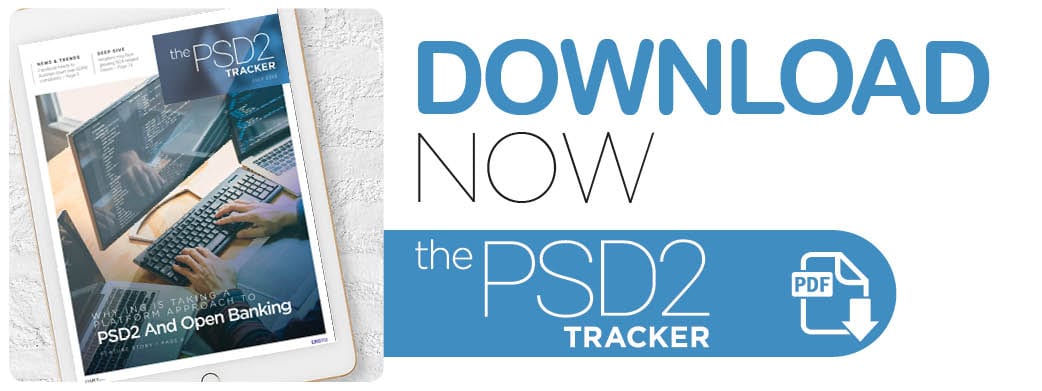Why ING Is Taking A Platform Approach To PSD2 And Open Banking

As the second Payment Services Directive (PSD2) brings more third parties into the European financial world, banks are seeing a shift in their relationships with customers. To withstand the shift, banks must get creative and evolve their platform offerings to include products from competing players, says Patrick Langeveld, innovation driver for open banking at ING Bank. In the latest PSD2 Tracker, he explains how the bank is working to do that through its application programming interface (API) portal, while adapting to the changing customer expectations under open banking.
 The second Payment Services Directive (PSD2) is changing how banks share data and interact with third-party providers and FinTechs, which are now relying on open banking information and application programming interface (API) access to build out new products. The regulation is also altering banks’ end customer interactions as new players make their way to the financial stage.
The second Payment Services Directive (PSD2) is changing how banks share data and interact with third-party providers and FinTechs, which are now relying on open banking information and application programming interface (API) access to build out new products. The regulation is also altering banks’ end customer interactions as new players make their way to the financial stage.
FIs looking to retain their online banking roles will need to get more creative, particularly as they are forced to open their data shares. The move might cause them to lose direct relationships with clients as third-parties and FinTechs take on more surface interactions, after all.
Patrick Langeveld, innovation driver for open banking at ING, believes that the banks looking to compete with new financial players should facilitate third-party products and services, not focus solely on building out their own customer-facing offerings. Those that keep up their old-fashioned approaches will not survive in the post-PSD2 open banking world.
“Banks will become platforms [in the future],” Langeveld “[They] should not just offer [their] own products — that won’t be enough. [They] should offer other [institutions’] products as well.”
ING is keeping this platform approach in mind as it adapts its API developer portal to meet current regulations.
PSD2 and the dawn of the platform
European banks have adapted their API platforms to PSD2 at differing speeds. Rakuten Bank and ABN AMRO both turned to partnerships to develop comprehensive, secure API portals, rather than taking on in-house innovations. ING took the opposite route and created its own Developer Portal, which launched last year and mirrors those that PSD2 now requires FIs to open to interested external players. The bank added three new PSD2-related API tools to the platform earlier this year, allowing FinTechs, retailers and other companies to enhance their
payments and financial innovations.
Langeveld noted that ING’s shift to platform banking meant ensuring it remained at the center of the online financial ecosystem.
“The opening up movement is about putting customers in the center, [putting them] in control of their data [and] the way they access their bank data,” he said. “Internally, this is backed by a technology and operations foundation which enables us to become a truly global, scalable bank.”
Langeveld believes that PSD2’s data transparency requires FIs to pivot toward platform approaches if they want to compete. Retail customers are already accustomed to both accessing their banking data through apps or mobile services. They are used to approving third parties, but this familiarity did not extend to PSD2. That changing customer dynamic is one of the main reasons ING is approaching API innovation in a different light.
“We want to extend our API portfolio [in a way that] kind of differs it from other banks in terms of openness and [a] more diverse API catalog,” Langeveld said. “That technology foundation [is] truly our crucial enabler for that strategy.”
PSD2 and the future of open banking
FIs should prepare themselves for future innovations in areas other than payments and online money movement as open banking continues to change customer relationships, he added. This will be particularly important as these changes continue to spread, including in regions
like the United Kingdom where individual open banking rules are changing how users and businesses approach payments.
“We see a lot of value in the combination of instant payments and open banking,” Langeveld said. “I think payments will be much more integrated into [our lives and are] going to become much more invisible.”
ING is currently working on a related project, enabling customers to buy “invisible tickets” for railway trips in the Netherlands. The offering relies on consumers’ growing interest in contactless payments, which are already popular in the U.K.
Banks must innovate quickly if they want to retain a spot in the evolving banking world, but which FIs wind up being the central platforms of this new ecosystem remains an open question.